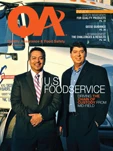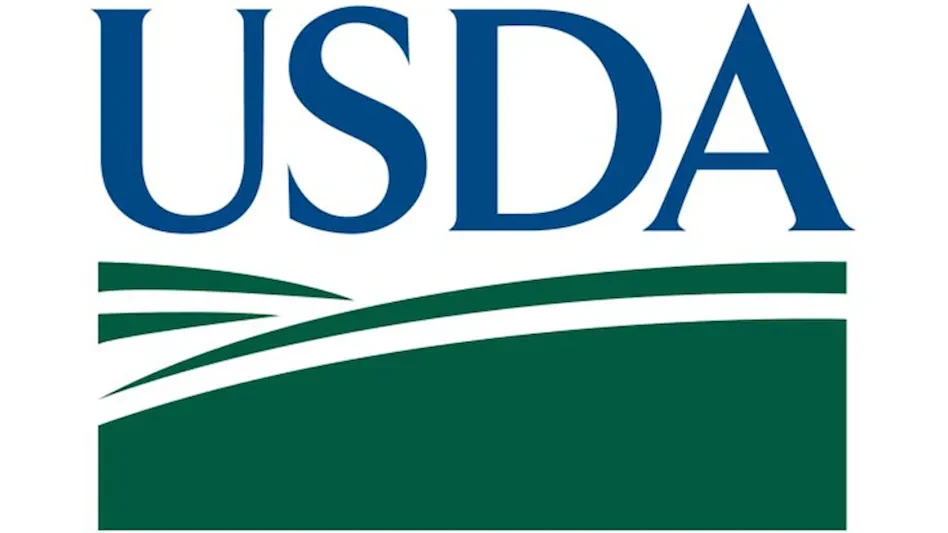Have you had times when you’ve had a third-party audit or inspection approaching—and you know you are not ready to pass?
Sometimes this "not ready" is because it is your first major audit. Sometimes the not ready is out of your control due to a natural disaster, such as a flood; due to key employee resignation(s); due to production demands; due to misplaced priorities … the list could go on and on.
What can you do to show your best during these circumstances? What are some practical solutions for this dilemma?
If the third-party audit is your first-time venture, you should utilize outside resources, especially if you lack time and/or expertise. Approximately 6 months before an audit, conduct a training audit using the same criteria. A training audit’s exit meeting will be an enlightening experience for first timers. There will likely be multiple unsatisfactory observations with systematic failures. Solutions and recommendations, both short term and long term, must be provided.
Although an auditing firm may provide a training audit, they usually lack the time or expertise to develop and implement programs, provide employee training (i.e., break poor habits), develop priorities, assist with plant or equipment design or develop documentation methods. Utilizing, instead, an outside consultant experienced and knowledgeable with third-party audit criteria can be a wise decision.
After this, approximately 2-3 months before the audit is a good time to conduct an unannounced audit. This audit should be thorough and focused on the serious/critical items that would lead to an unsatisfactory rating. Training should be company wide starting with management. Solutions must be prioritized with completion dates—that are held firm.
About 1- 2 weeks before the audit is a good time to stop making lists and start "punching out" list items. Think of the day before the audit as the first day of the audit. Too many times due date items fall behind, and there are usually a few new items that must be taken care of.
The day before the audit is a good day to map a plant inspection route. The plant will have strengths and weaknesses. A route strategy should show the strengths, slowing down in these areas, then showing weaknesses later, even bypassing or speeding up while in the weak areas.
What are scouts, shadows and cabooses? How can you use this strategy during an audit?
- The scout is someone more experienced and knowledgeable than the auditor who eliminates unsatisfactory conditions sometimes just minutes before the auditor’s arrival. The scout and team members should not be seen by the auditor. The scout is kept informed as to where the auditor is headed.
- The shadow is someone very experienced with plant programs and conditions who is always with the auditor. The shadow minimizes the seriousness of the observations, explaining the programs (knowing the documentation) while influencing the inspection route. Other shadows are area supervisors who listen and learn. The shadow is the only spokesperson during the entire audit. If an answer is not known, that person will get it or prompt a response from a supervisor.
- The caboose is someone who follows the auditor with an immediate action team. Cabooses correct conditions immediately making any plant inspection re-visit more favorable.
Showing your best during an audit or inspection is good business. A first-time third-party audit can be an anxious time. If you plan, prepare and practice, the plant will perform well for the audit; then a scout, shadow and caboose strategy can help show your best. Although you cannot hide inadequate conditions or systems, they can be minimized by preventing unsatisfactory observations.

Explore the March 2010 Issue
Check out more from this issue and find your next story to read.
Latest from Quality Assurance & Food Safety
- Bird Flu: What FSQA Professionals Need to Know
- Registration Open for 129th AFDO Annual Educational Conference
- Frank Yiannas, Aquatiq Partner to Expand Global Reach of Food Safety Culture
- World Food Safety Day 2025 Theme: Science in Action
- Ancera Launches Poultry Analytics System
- USDA Terminates Two Longstanding Food Safety Advisory Committees
- Catalyst Food Leaders Announces Virtual Leadership Summit for People in Food
- Food Safety Latam Summit 2025 Set for Mexico City





